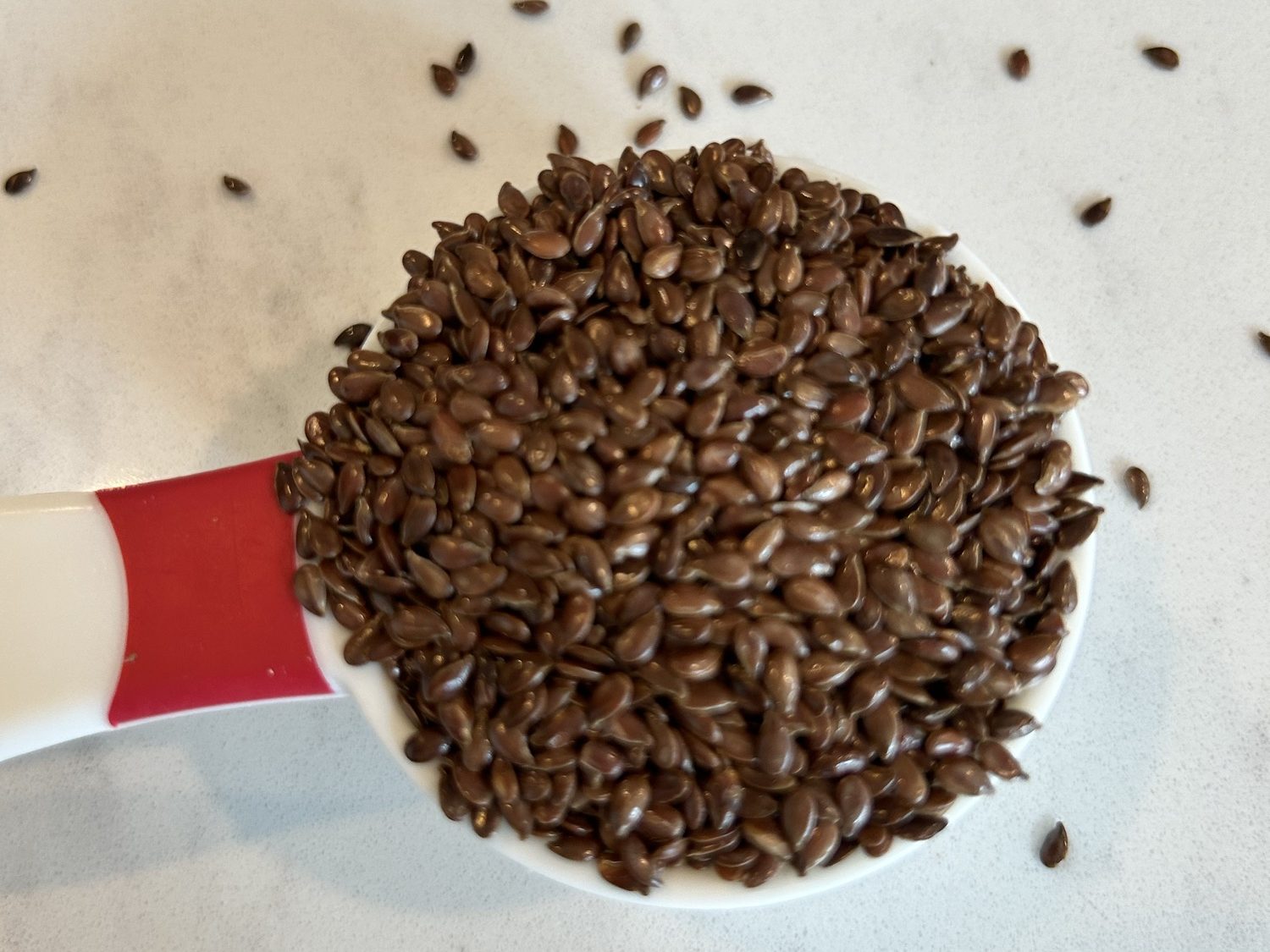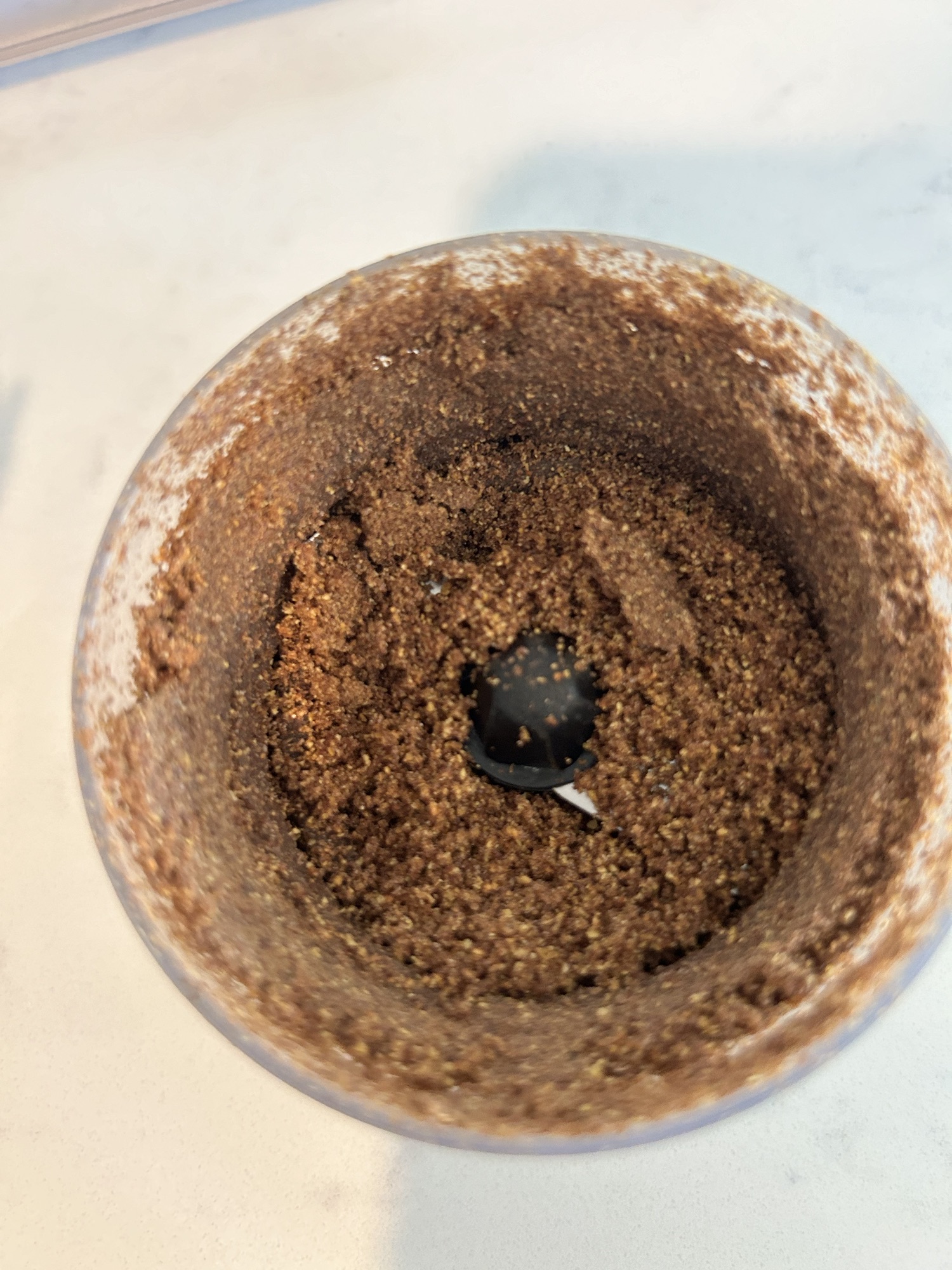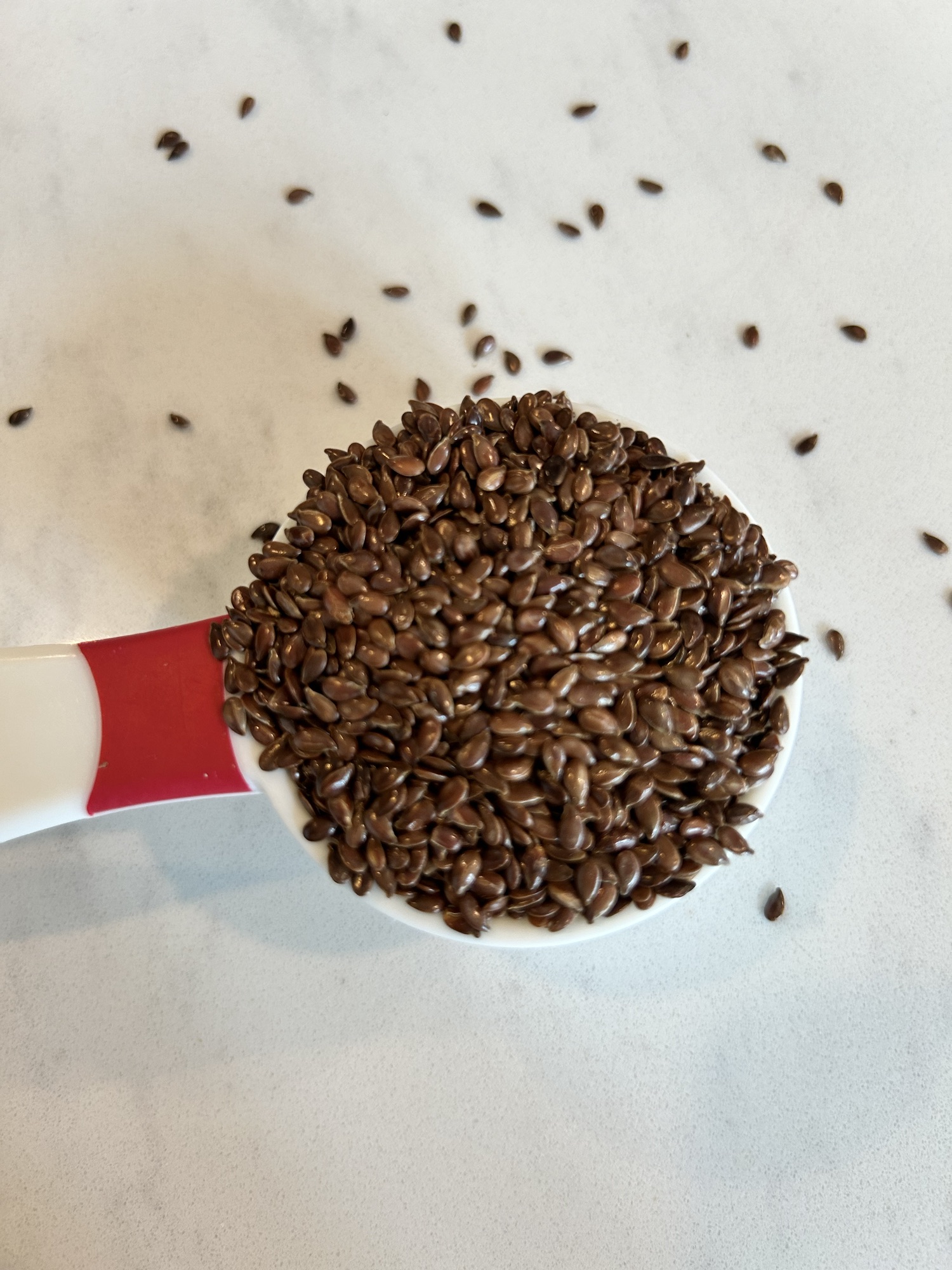እንጣጢዕ – ተልባ
Introduction
When it comes to nutrition, sometimes it’s the smallest of foods that pack the mightiest punch. Enter flaxseed – a humble little seed that has been making waves in the health community for its impressive array of nutritional benefits. Whether sprinkled on top of your morning yogurt or blended into a smoothie, incorporating flaxseed into your diet can offer a plethora of advantages for your overall well-being.
Benefits of Flaxseed
Here are some of the remarkable health benefits that this tiny seed has to offer:
- Rich source of Omega-3 Fatty Acids
- Flaxseed is one of the richest plant-based sources of alpha-linolenic acid (ALA), a type of omega-3 fatty acid. Omega-3 fatty acids are renowned for their role in supporting heart health, reducing inflammation, and promoting brain function. Incorporating flaxseed into your diet can be particularly beneficial for individuals who don’t consume fish, which is another prominent source of omega-3 fatty acids.
- High in Dietary Fiber:
- Just a tablespoon of flaxseed provides a significant dose of dietary fiber, both soluble and insoluble. Fiber is essential for digestive health, as it helps regulate bowel movements, prevents constipation, and supports the growth of healthy gut bacteria. Including flaxseed in your meals can contribute to better digestion and overall gastrointestinal function.
- Flaxseed Supports Heart Health:
- Several studies have indicated that flaxseed may have a positive impact on heart health. The omega-3 fatty acids found in flaxseed can help lower blood pressure and reduce levels of LDL (bad) cholesterol, thus lowering the risk of heart disease. Additionally, the lignans in flaxseed have antioxidant properties that may further support cardiovascular wellness.
- Potential Cancer-Fighting Properties:
- Flaxseed contains compounds called lignans, which possess antioxidant properties and may have anti-cancer effects. Some research suggests that lignans may help reduce the risk of certain types of cancer, including breast, prostate, and colon cancer. While more studies are needed to confirm these findings, incorporating flaxseed into your diet can be a proactive step towards reducing your risk of cancer.
- Supports Healthy Weight Management:
- Thanks to its high fiber content and ability to promote feelings of fullness, flaxseed can be a valuable tool for those looking to manage their weight. Including flaxseed in meals or snacks can help curb cravings, control hunger, and promote satiety, making it easier to stick to a balanced diet and achieve weight loss goals.
- Promotes Skin and Hair Health:
- The omega-3 fatty acids found in flaxseed offer benefits beyond internal health – they also play a role in maintaining healthy skin and hair. These fatty acids help keep skin moisturized, reduce inflammation associated with conditions like acne and eczema, and contribute to overall skin elasticity. Additionally, incorporating flaxseed into your diet can help nourish hair follicles, leading to stronger, shinier hair.
How to incorporate Flaxseed in your diet?
Adding flaxseed to your daily routine is simple and versatile. Here are a few easy ways to enjoy the health benefits of flaxseed:

- Sprinkle ground flaxseed over cereal, oatmeal, or yogurt.
- Blend flaxseed into smoothies or protein shakes.
- Use flaxseed oil as a nutritious addition to salad dressings or dips.
- Mix ground flaxseed into baked goods such as muffins, pancakes, or bread.
How to prepare flaxseed at home
Flaxseed, often hailed as a nutritional powerhouse, is a versatile ingredient that can be incorporated into various recipes, including those from Eritrean and Ethiopian cuisines. While ground flaxseed is readily available in stores, preparing it at home ensures maximum freshness and nutritional benefit, especially when roasting and grinding it for use. Following is a simple guide on how to roast and grind flaxseed in the comfort of your own kitchen.
Equipment you need
- Coffee grinder
- Pan/skillet with lid
Steps
- Heat the Skillet: Place a skillet or pan on a stove over medium heat and allow it to warm up.
- Add Flaxseed: Once the skillet is hot, add about 1 pound of flaxseed to the pan. Spread it evenly across the surface.
- Cover and Reduce Heat: Cover the skillet with a lid and reduce the heat to medium-low. As the flaxseeds heat up, you’ll begin to hear a faint popping sound.
- Shake or Stir: To ensure even roasting, periodically shake the pan or use a wooden spoon to stir the flaxseed while the lid is still on.
- Monitor Color Change: Keep a close eye on the flaxseed’s color. After approximately 5 minutes of roasting, the seeds should start to turn reddish-brown.
- Remove from Heat: Once the desired color is achieved, remove the skillet from the stove and carefully uncover it to allow the flaxseed to cool down.
- Grind the Flaxseed: Once cooled, grind the roasted flaxseed in small batches (about ¼ cup at a time) using a coffee grinder. Grind until the seeds transform from an earthy brownish color to a slightly oily brownish texture.
- Store Properly: Ground flaxseed has a tendency to turn rancid quickly. Store it in a glass airtight container and consume within seven days to ensure freshness. For roasted flaxseed, store it in a glass airtight jar and use within three months for optimal flavor and quality.

Conclusion
By following these simple steps, you can enjoy freshly roasted and ground flaxseed in your favorite recipes, whether it’s sprinkled over yogurt, added to smoothies, or incorporated into traditional Eritrean and Ethiopian dishes. Not only does preparing flaxseed at home ensure maximum freshness, but it also allows you to harness its full nutritional potential. Experiment with different recipes and enjoy the health benefits that homemade flaxseed preparations have to offer!
Remember to consult with your healthcare provider before making significant changes to your diet, especially if you have any underlying health conditions or concerns.


Leave a Reply